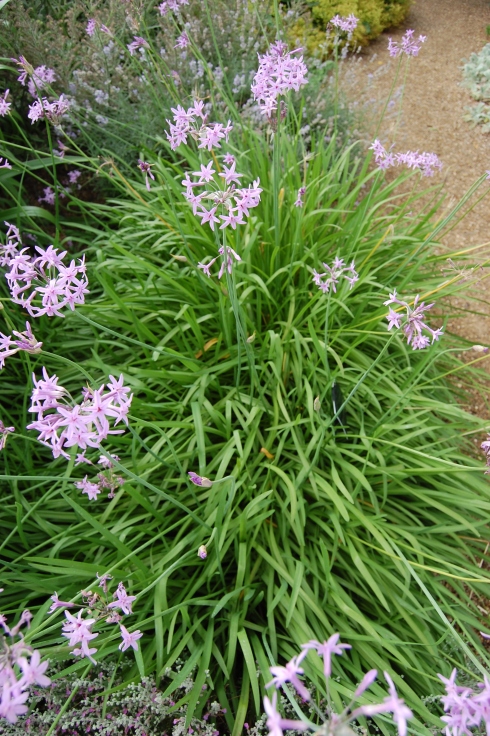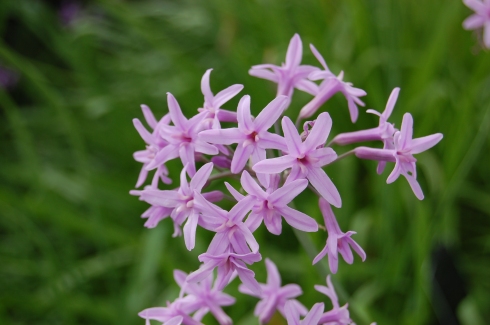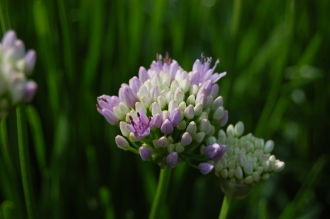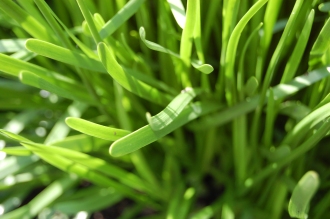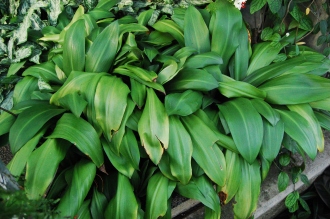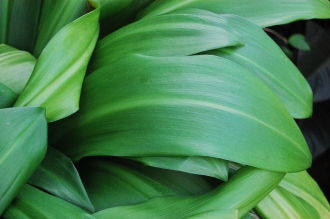Position: Full sun
Flowering period: Late summer to early autumn
Soil: Well drained and moist
Eventual Height: 50cm
Eventual Spread: 30cm
Hardiness: 8a, 8b, 9a, 9b, 10a, 10b, 11
Family: Amaryllidaceae
Tulbaghia violacea, commonly known as Society Garlic, is a deciduous perennial with a spreading, clump forming habit habit. Tulbaghia violacea is native to South Africa, in its native habitat it grows in rocky grasslands and stream banks in semi-desert to boggy areas. Its mid green leaves are strap shaped. Its fragrant violet flowers appear as terminal umbels and are attractive to pollinating insects, including bees. Its roots are tuberous which aids its spread Tulbaghia violacea may be used as a fragrant specimen perennial suitable for sunny, well drained locations. When crushed its leaves and flowers smell of garlic. Once established, this plant is drought tolerant.
